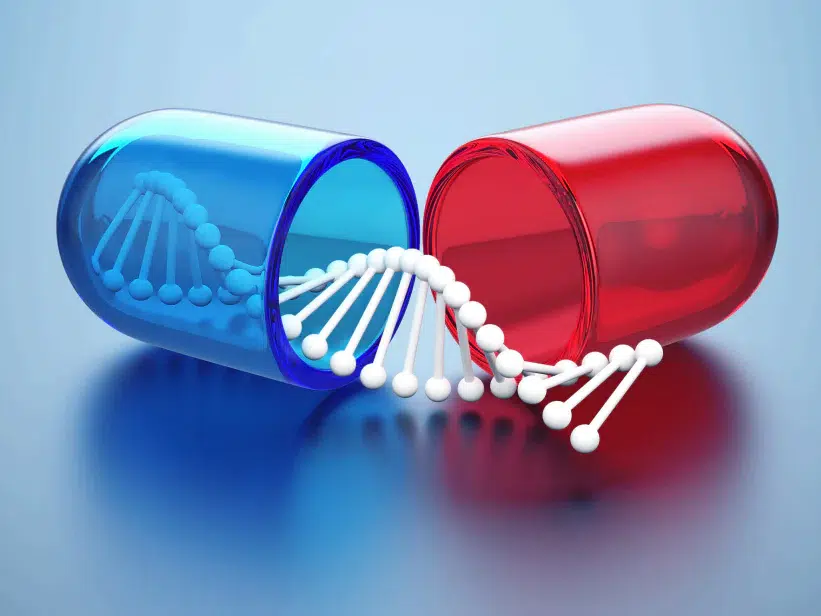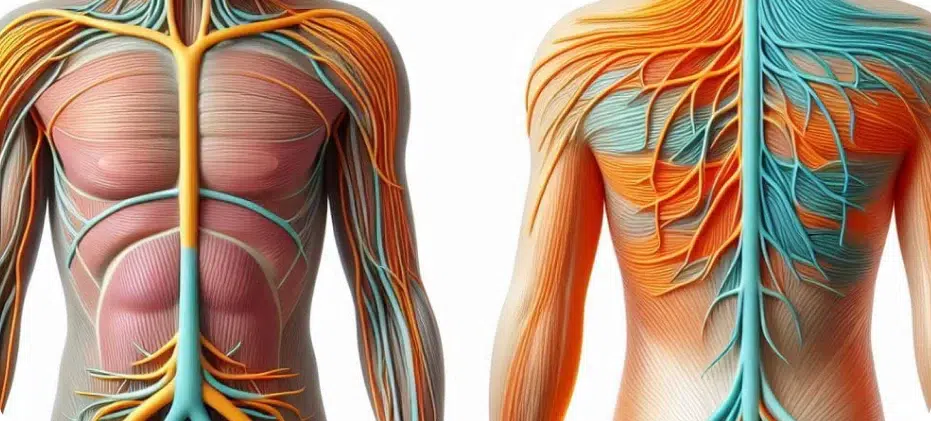The Quantum Cellular Scan (QCS) and traditional laboratory tests provide complementary perspectives on health, each offering unique insights. While conventional labs focus on specific biomarkers and reference ranges, the QCS assesses the body’s energetic imbalances and responses to various frequencies. Understanding these differences is crucial for interpreting why QCS results may not always align with traditional lab reports and appreciating the unique value of biofeedback-based diagnostics.
Traditional laboratory tests measure specific biomarkers in the blood, such as glucose, cholesterol, or electrolytes. These values are compared to reference ranges derived from pooled population data. These reference ranges are based on statistical averages and might not fully reflect individual variations or the dynamic nature of health.

Conventional lab tests are limited by their reliance on reference ranges established from population data. These ranges may not account for individual variations or early signs of imbalances. For example, an isolated abnormal value in a blood test might be dismissed if it falls within a broad reference range, despite indicating a potential issue. The QCS, however, evaluates the body’s energetic patterns and responses, offering insights into imbalances that traditional labs might overlook. While traditional tests provide valuable information about specific biomarkers, they often miss the complex interplay of energy within the body that the QCS can reveal.
A key advantage of the QCS is its ability to detect patterns and constellations of imbalances. Instead of focusing solely on individual values, the QCS examines how different frequencies interact and affect the body’s overall energy balance. This holistic approach can identify underlying issues that might not be evident through traditional lab results, which often emphasize isolated data points.
The insights gained from the QCS may prompt the need for additional medical evaluations or follow-up with traditional healthcare providers. If the QCS identifies potential imbalances or areas of concern, these findings can be used to guide further diagnostic testing or treatment options. This may involve:
- Additional Medical Checks: Based on QCS results, further evaluations or tests might be recommended. These can be coordinated through facilities like an Alive for Health Centre of Excellence, which offers a range of advanced diagnostic and therapeutic services.
- Referral to Primary Care Provider (PCP): : If necessary, a referral to a PCP can be made to integrate QCS findings with conventional medical assessments. A suggested letter outlining the QCS results, and potential implications can be provided to facilitate this process and ensure comprehensive care.
When discussing QCS results with your healthcare provider, emphasize the biofeedback nature of the scan rather than viewing it as a direct medical diagnosis. Here’s a suggested approach:

I recently completed a Quantum Cellular Scan (QCS), which provides insights into my health by assessing my body’s responses to various frequencies. Unlike traditional lab tests, which measure specific biomarkers and compare them to established reference ranges, the QCS evaluates energetic patterns and interactions. This method reveals potential imbalances that may not be captured through conventional diagnostics.
The QCS results are intended to complement, not replace, traditional medical assessments. If the scan indicates areas of concern, I am open to further evaluations or referrals to ensure a comprehensive approach to my health. I would appreciate your perspective on integrating these findings with my overall health assessment.
Thank you for your attention to this matter.
Understanding the scientific basis of QCS and its comparison with conventional lab tests can be supported by the following references:
- Montagnier, L., et al. (2009). Electromagnetic signals are produced by aqueous nanostructures derived from bacterial DNA sequences. Interdisciplinary Sciences: Computational Life Sciences, 1(2), 81-90. Dr. Montagnier’s research on the memory of water provides a foundation for understanding how energetic signatures might persist in the body.
- Rubik, B. (2002). The biofield hypothesis: Its biophysical basis and role in medicine. Journal of Alternative and Complementary Medicine, 8(6), 703-717. This article explores the concept of the biofield and its role in health diagnostics.
- Alive Innovations. (2024). Quantum Cellular Scan. Retrieved from aliveinnovations.com This source provides detailed information about the QCS and its applications in integrative health.
In summary, while conventional lab tests provide valuable information based on fixed reference ranges, the QCS offers a dynamic and holistic view of health by assessing energetic patterns and interactions. Understanding these differences can help integrate insights from both methods to achieve a comprehensive approach to health and well-being.
Please note that this is medical information, None of the information presented here or on our social media is intended to service as medical, legal, or regulatory counsel. Users are encouraged to seek professional assistance and counsel if they are concerned about a specific medical, legal, or regulatory issue. None of the statements on this video have not been evaluated by the Food and Drug Administration. These products mentioned are not intended to diagnose, treat, cure, or prevent any disease. The information presented is intended for mainly professional usage and educational purposes and targeted for the US specifically; it is not intended to make claims about any products or services; for more information call 800-454- 1920/ [email protected]





